SEONGNAM, South Korea — The new workers zipped around the office
completing mundane tasks like fetching coffee, delivering meals, and handing
off packages. They did not get in anyone’s way or violate personal space. They
waited unobtrusively for elevators with unfailing politeness. And, perhaps most
enticingly, they did not complain.
اضافة اعلان
That is because
they were robots.
Naver — a
soup-to-nuts internet conglomerate in South Korea — has been experimenting with
integrating robots into office life for several months. Inside a futuristic,
starkly industrial, 36-story high-rise on the outskirts of Seoul, a fleet of
about 100 robots cruise around on their own, moving from floor to floor on
robot-only elevators and sometimes next to humans, rolling through security
gates, and entering meeting rooms.
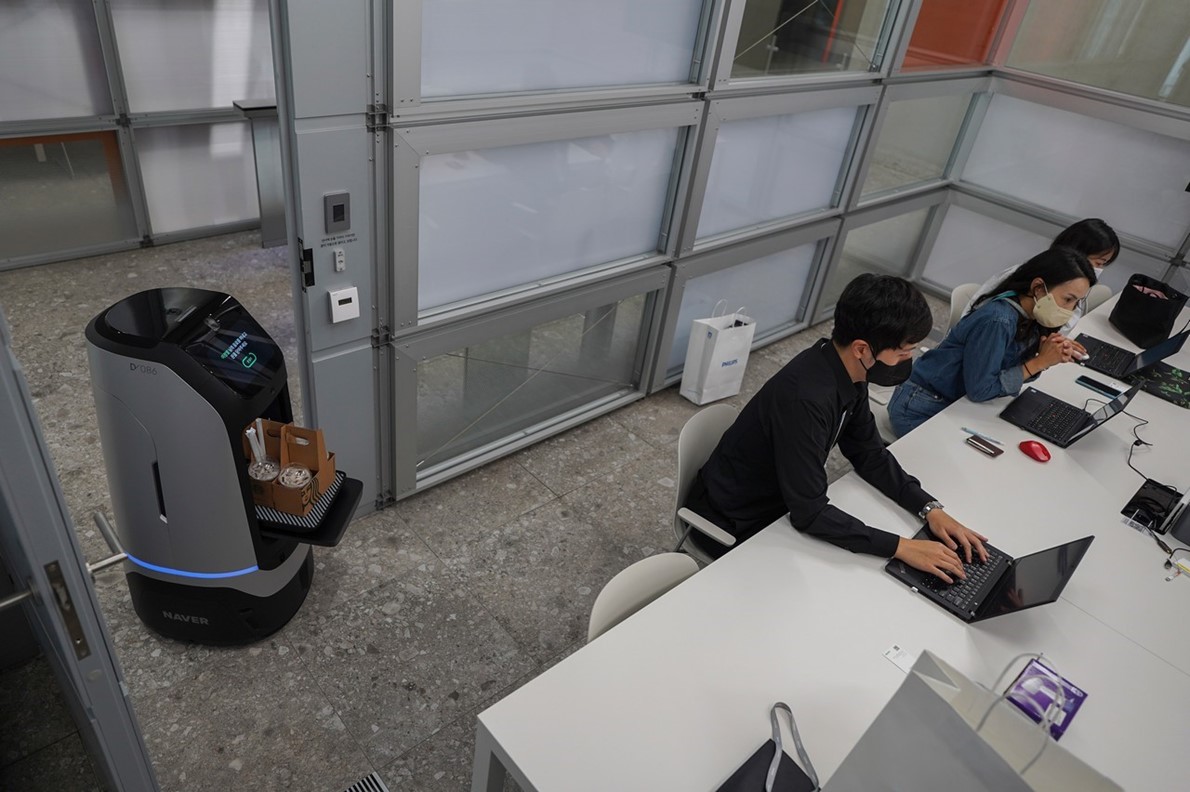
Naver’s network of
web services, including a search engine, maps, email, and news aggregation, is
dominant in South Korea, but its reach abroad is limited, lacking the global
renown of a company like Google. The company has been on the hunt for new
avenues for growth. In October, it agreed to acquire Poshmark, an online
secondhand retailer, for $1.2 billion. Now, Naver sees the software that powers
robots in corporate office spaces as a product that other companies may
eventually want.
Robots have found a
home in other workplaces, such as factories and in retail and hospitality, but
they are largely absent from the white-collar world of cubicles and conference
rooms. There are thorny privacy questions: A machine teeming with cameras and
sensors roaming company hallways could be a dystopian tool of corporate
surveillance if abused, experts say. Designing a space where machines can move
freely without disturbing employees also presents a complicated challenge.
But Naver has done
extensive research to make sure that its robots — which resemble a rolling
garbage can — look, move, and behave in a way that makes employees comfortable.
And as it develops its own robot privacy rules, it hopes to write the blueprint
for the office robots of the future.
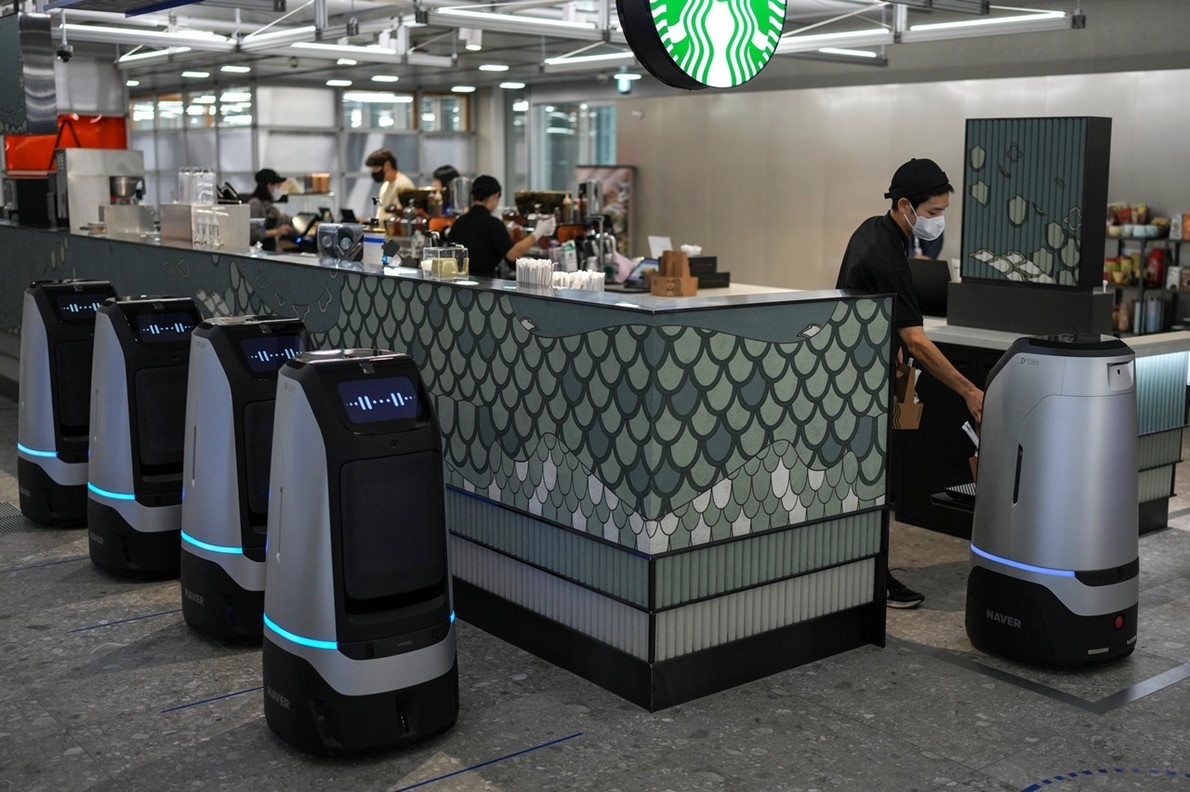
“Our effort now is
to minimize the discomfort they cause to humans,” said Kang Sang-chul, an
executive at Naver Labs, a subsidiary developing the robots.
Technology firms
often encourage employees to test out their own products, but with its robots,
Naver has turned its entire office into a research and development lab,
deploying its employees as test subjects for future workplace technologies.
When Naver
employees drive to the office, which finished construction this year, the
company automatically sends them reminders of where they parked on the
workplace app. Employees walk through security gates that use facial
recognition, even while masked to prevent the spread of the coronavirus. At
Naver’s in-house health clinic, artificial intelligence software suggests areas
of focus for employees’ annual health exam.
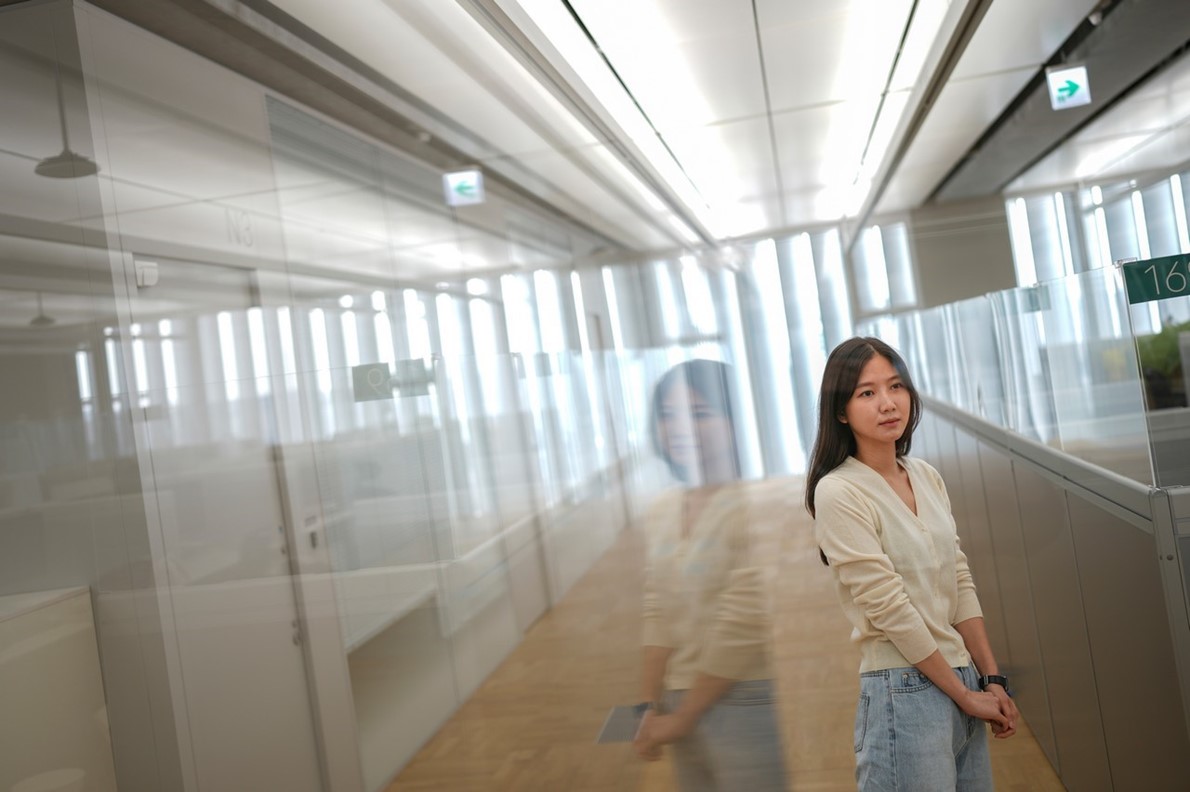
And then there are
the robots.
Naver designed the
office from the ground up with the robots in mind, starting construction in
2016. Every door is programmed to open when a robot approaches. There are no
tight hallways or obstructions on the floor. The ceilings are marked with
numbers and QR codes to help the robots orient themselves. The cafeteria has
lanes dedicated for robots to deliver meals.
As part of its
research, Naver has also published studies in the field of human-robot
interaction. After a series of experiments, for example, Naver concluded that
the optimal spot for a robot in a crowded elevator with humans was the corner
next to the entrance on the side opposite of the elevator buttons. Putting the
robot at the back of the elevator made humans uncomfortable, Naver’s
researchers found.
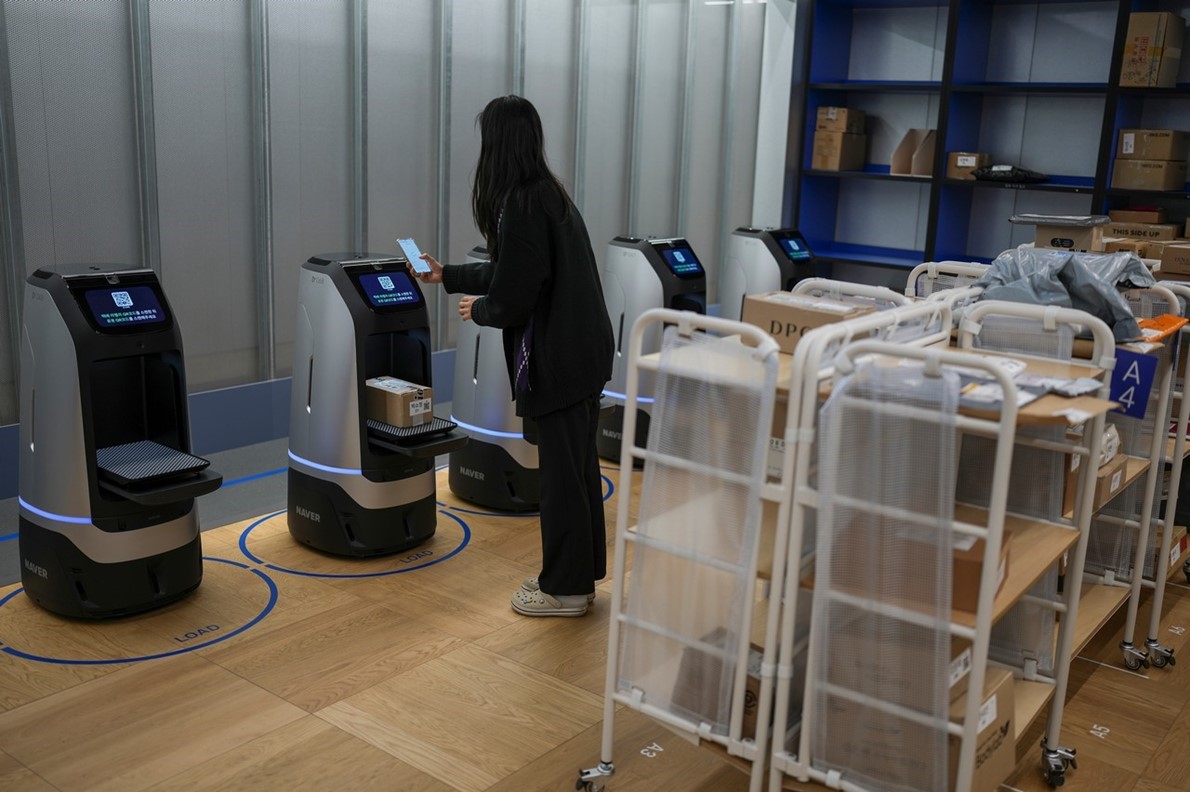
Naver, of course,
is not the only tech company trying to advance robot technology. Rice Robotics
has deployed hundreds of cartoonish, boxy robots that deliver packages,
groceries, and more in office buildings, shopping malls and convenience stores
around Asia. Robots like Optimus, a prototype that Tesla unveiled in September,
are designed to be more like humans, and carry boxes, water plants and more,
but they are a long way from being deployed.
Victor Lee, the CEO
at Rice Robotics, said he was impressed when he saw videos of the machines and
Naver’s robot-friendly building. While Rice’s delivery robots function
differently, Naver’s approaches “made sense”, he said. “Naver obviously has way
more development budget on these moonshot projects.”
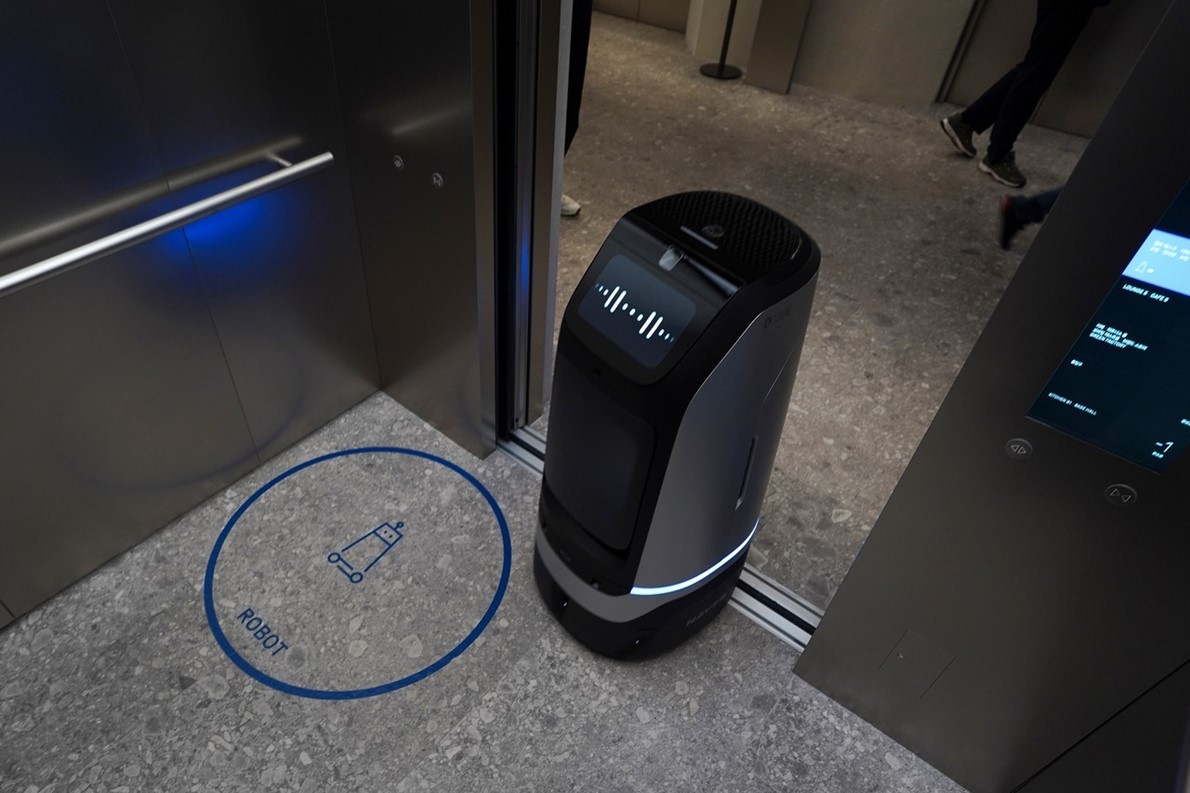
Naver said one
distinctive feature of its robots was that they are intentionally “brainless”,
meaning they are not rolling computers that process information inside the
machine. Instead, the robots communicate in real time over a high-speed,
private 5G network with a centralized “cloud” computing system. The robots’
movements are processed using data from cameras and sensors.
Each robot has several
cameras that record images of its surroundings. There was some disagreement
within Naver about what exactly the robots needed to know, and how the data
being collected would be used. When prototypes were being developed, engineers
initially wanted the robots to record a wider field of view to assess their
location more quickly and more accurately, according to Lee Jin-kyu, Naver’s
chief data protection officer.
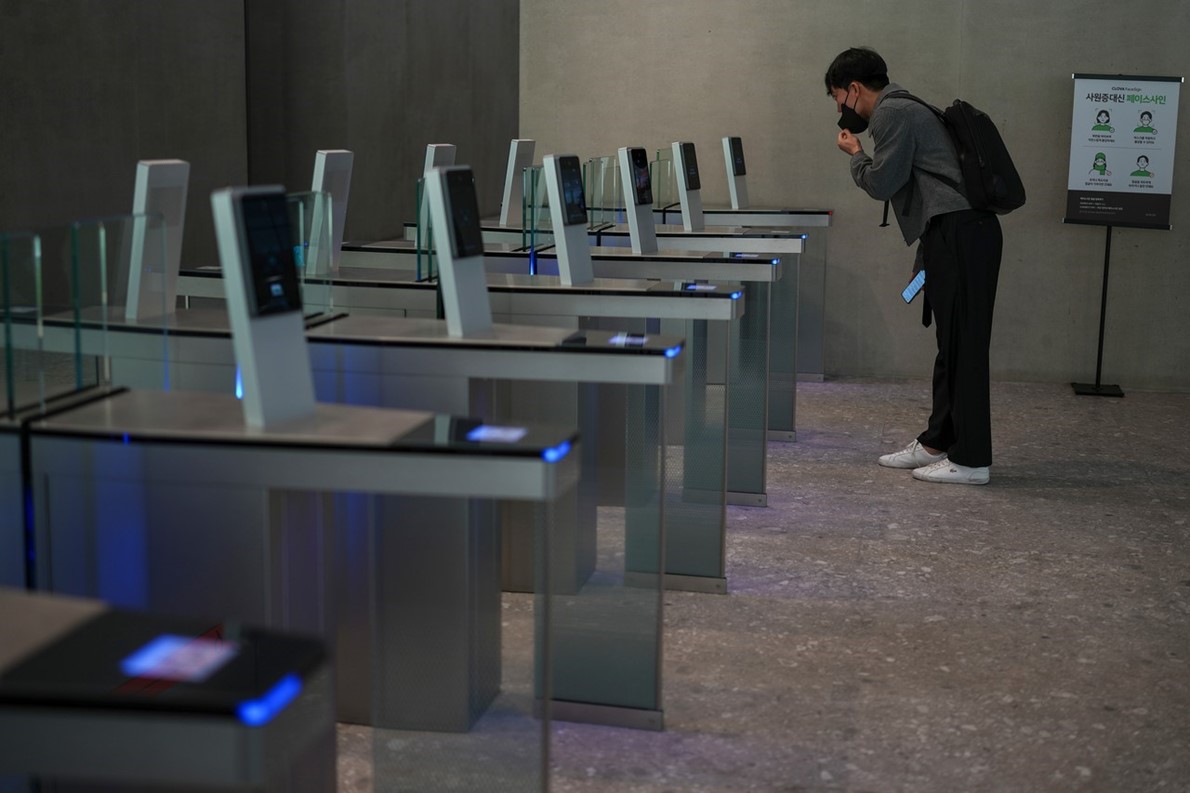
Lee worried that
this would result in data that could be used to track employees without their
knowledge, creating legal problems for the company in South Korea, which has
strict labor and privacy laws. Lee and the engineers agreed to capture only one
photo per second from a front-facing camera, and use the other cameras only
when more than one image was necessary.
The cameras can see
only below people’s waists, and the images are deleted as soon as the robot has
oriented itself. An emergency mode kicks in if a robot is knocked over or
camera angles change suddenly. In such cases, the robot announces that it may
record people’s faces.
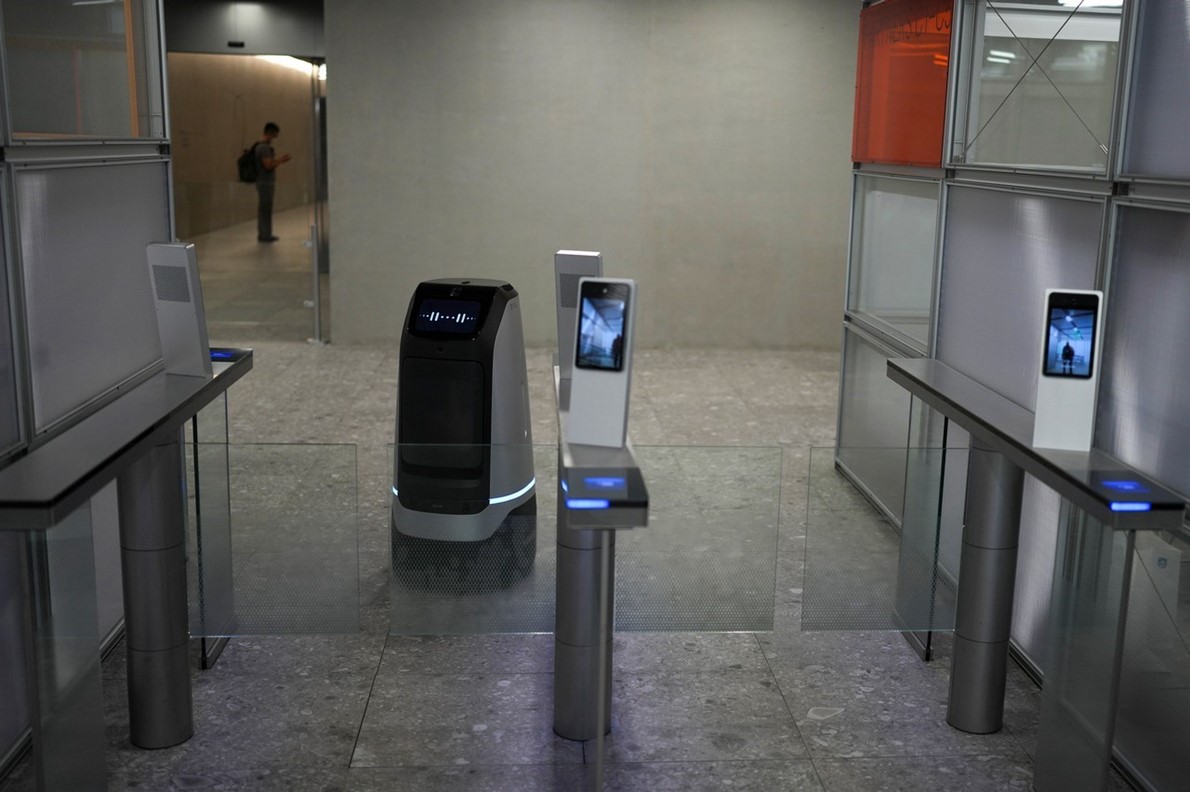
Despite Naver’s
precautions, privacy experts worry that potential customers might modify the
robots or create their own policies on how they collect data. Kim Borami, a
privacy lawyer in Seoul, said that many South Korean companies were opaque
about their data policies, and that she had encountered examples of companies
breaking privacy laws.
She also noted that
it was impossible to know for certain whether Naver was following its own
privacy policies without looking more closely at its software — something Naver
does not share publicly.
“You don’t
typically find out about privacy violations in a company until there is a
whistleblower or a leak,” Kim said.
Read more Technology
Jordan News



